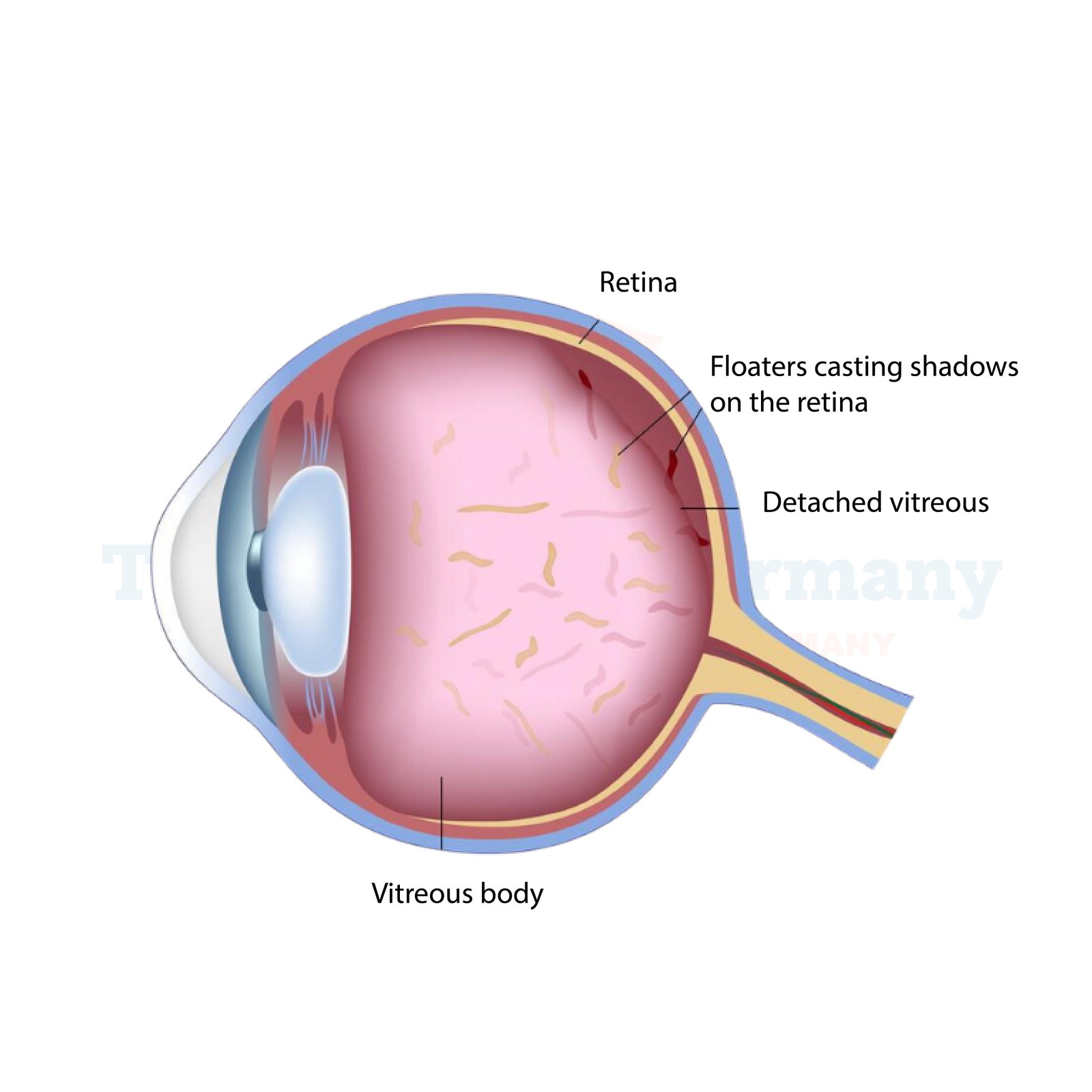What are Flashes and Floaters?
Flashes and floaters are common visual disturbances that can affect individuals of all ages. They often appear as tiny specks, threads, or cobweb-like shapes that seem to drift through your field of vision.
Flashes are perceived as brief sparkles or lightning streaks, typically seen when the eye moves quickly or in response to changes in lighting conditions.
Side Effects of Flashes and Floaters
While often benign, persistent or sudden onset of flashes and floaters can indicate serious underlying conditions such as retinal detachment or vitreous hemorrhage.
If left untreated, these conditions can potentially lead to permanent vision loss. It's crucial to seek prompt medical attention if you experience a sudden increase in the number of floaters, flashes of light in your peripheral vision, or a shadow or curtain moving across your field of vision.
How are Flashes and Floaters Diagnosed?
Diagnosing flashes and floaters typically involves a comprehensive eye examination by an ophthalmologist. The doctor will perform various tests including:
Potential Treatment of Flashes and Floaters
Treatment for flashes and floaters depends on the underlying cause:
👉 Contact us for further information and receive a complimentary consultation.

.webp)
.webp)
 (1).webp)
 (1).webp)

.webp)
.webp)
 (1).webp)
 (1).webp)
